L’Oréal
Global beauty leader L’Oréal made a public stance on sustainability, committing to achieving zero waste to landfill across all their Distribution Centres by 2020. This included eliminating waste caused by label liner. To help L’Oréal achieve this goal, we introduced their team to label material supplier Avery Dennison, and their global liner waste recycling initiative.
The Challenge
As part of their global 2020 sustainability commitment, L’Oréal committed to sending zero waste to landfill. For their Australian distribution centre in Melbourne, that target presented a unique challenge – how to dispose of the glassine liner left over after applying labels to their packaging?
Liner is the backing that carries pressure-sensitive labels before application and once removed typically goes straight to landfill. Glassine liners are recyclable, however due to the logistics, cost and lack of a viable recycling channel, L’Oréal had not yet been able to divert their liner from landfill to recyclers.
This problem isn’t unique to L’Oréal. Brands and their printers discard millions of tonnes of label waste annually, with most of it going into landfill. Since no comprehensive system for the recycling of label waste existed, companies tend to view the exercise as both impractical and expensive.
Avery Dennison produce the label materials that are supplied to label converters who convert labels for brands like L’Oréal. To meet their own sustainability goal of eliminating 70 percent of liner waste from its value chain by 2025, Avery Dennison created their own recycling program.
As L’Oréal Australia’s incumbent label supplier, insignia was approached by L’Oréal’s team in search of a solution that would help them achieve their sustainability goal. In response, insignia facilitated an introduction between Avery Dennison and L’Oréal’s waste management company Wasteflex who worked together to implement a solution.
The Solution
Avery Dennison has launched a recycling program that sees glassine liner waste recycled to produce tissue paper that is used in the apparel and footwear industry and is itself able to be recycled again. The program may enable L’Oréal to divert more than six tonnes of liner waste from landfill within the first year.
Leasing a baler and paying for occasional recycling pickups has proven to be less expensive than twice-weekly waste collections and rising landfill fees. However, while a great incentive, the program’s affordability isn’t the only advantage.













